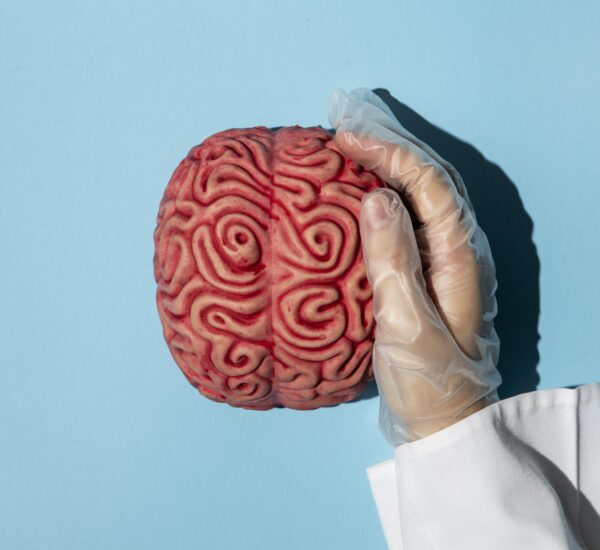Picture this. You’re on a fitness regime and you have started hitting the gym 5-6 times a week. You’re dedicated and even noticing a few changes. Everything is going well, so far, so good, until you get your periods.
Ladies, we can go on and on about how periods are inconvenient. They’re painful, and cause mood swings, discomfort and whatnot. And to make it worse, it can also sabotage your fitness regime. At least that’s what you think. After all, you have been told all your life that you shouldn’t exercise during periods.
But is that true? Is exercising during periods genuinely harmful or is it just a myth based on half-knowledge and half-truth?
Well, let’s find out.
Is exercising in periods good or bad?
If there’s a definite answer – exercising in your periods is good for you, as long as you don’t overdo it and don’t ignore the signs your body is telling. Exercising during periods can have several benefits – given that they’re light exercises. This section will discuss some of the benefits of exercising in periods.
Helps with period pain
Period cramps can feel like the death of you. Those who have been in the shoes, know it all too well. If you struggle with severe period cramps as well, you may be relieved to know that exercising during periods can help with the cramps. This may seem counterintuitive as you might feel that the pain might become worse. But on the contrary, it may provide relief by controlling inflammation.
That being said, your workout doesn’t have to be intense. Even light activities such as walking, cycling or a 15-minute cardio or strength training session can help with period pain.
Releases feel-good hormones to boost your mood
Menstruation is the time of the month when you don’t feel your best self. Your emotions are on a roller coaster ride. Hence, you would feel irritated, sad, and just exhausted. This is where a moderate-intensity workout can help by kickstarting the release of feel-good hormones, including endorphins, which are a natural painkiller, helping with mood and cramps.
Which exercises should you avoid?
While light and moderate exercises can be beneficial for managing menstrual symptoms, there are other strenuous workouts that you must avoid:
High-intensity interval training:
High-intensity interval training, or HIIT, is characterised by bursts of strenuous activities followed by short intervals of rest. For instance, multiple rounds of one minute of running followed by 30-60 seconds of rest in between. This type of exercise during periods is not ideal as this can potentially worsen cramps and discomfort.
Heavy weight-training
While exercising with light and moderate weights is okay, using heavy weights is not recommended. Heavy weights can add excessive strain on the abdominal area, worsening cramping. Instead of lifting heavy weights, you can use light weights and go for more repetitions.
Yoga twists and inversion
This may come as a surprise because yoga movements are generally considered gentle. However, some yoga poses such as shoulder strands can disrupt blood flow to the uterus, making cramps worse.
Advanced cardio
While cardio is good for health, advanced cardio may not be the right exercise during periods. These exercises include running, jumping or any other intense aerobic exercises. These can put extreme stress on the abdomen, making cramps even more painful. Instead, you can go for light cardiovascular exercises such as cycling or brisk walking.
Crunches and sit-ups
Being abdominal exercises, crunches and sit-ups can put extreme pressure on the pelvic area, intensifying cramps. Instead, you can go for core exercises like plank or bridges that engage your core but do not put pressure on the uterus.
Closing thoughts
In conclusion, exercising in periods can offer a range of benefits, including alleviating menstrual symptoms, boosting mood, and maintaining overall health. But it’s important to listen to your body and adjust the intensity of your workouts accordingly. It may also be a good idea to avoid some exercises mentioned above to stay safe and prevent your cramps from getting worse. While you are at it, remember to stay hydrated and wear comfortable clothing.




